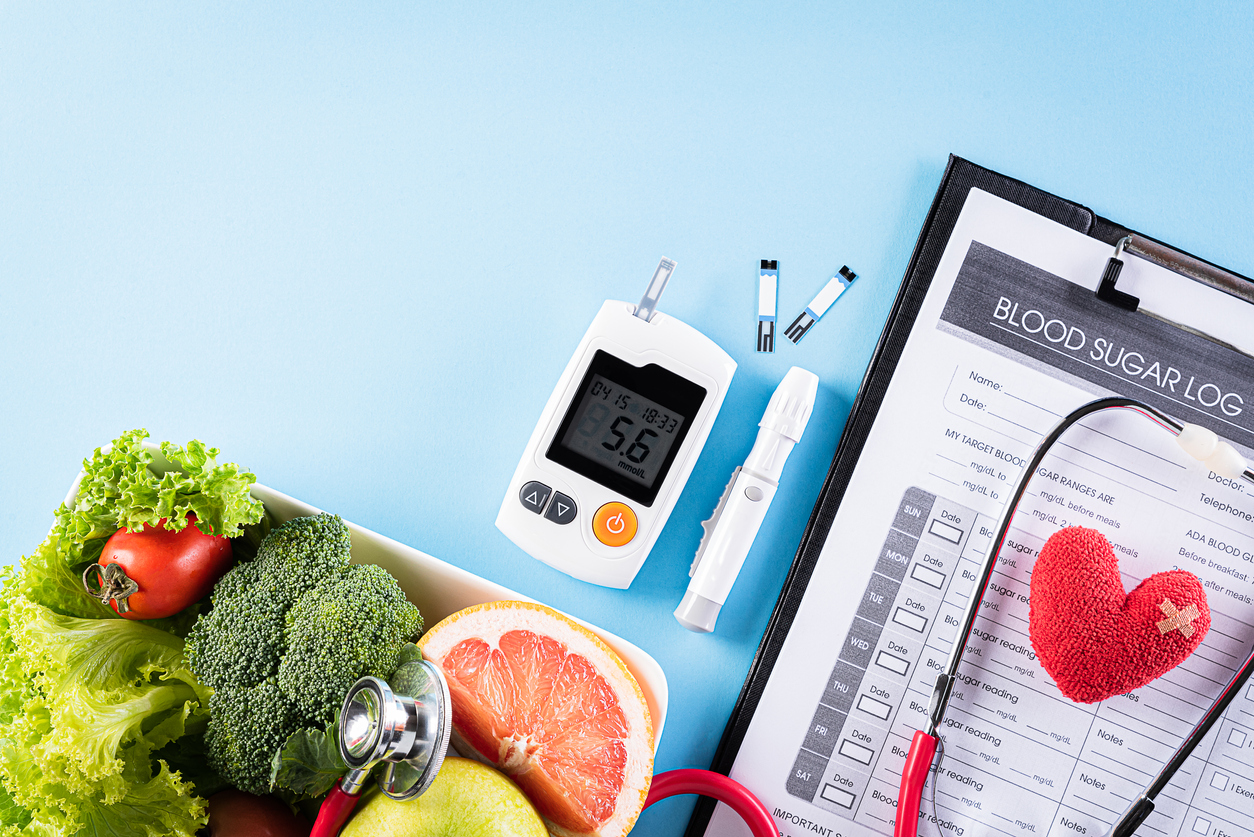It’s no secret that Americans have been increasingly falling into health complications such as Type 2 diabetes with more frequency than before. But it’s not simply a foregone conclusion that a person will develop such conditions as they age. As a matter of fact, diabetes has become more prevalent, with cases rising faster among young people than the aging crowd. Keeping that in mind, it may be wise to not overlook symptoms of diabetes at any age.

The Types of Diabetes
First of all, let’s examine what exactly diabetes is. Of the two main types, Type 2 accounts for 90- 95% of cases. Type 2 diabetes is a condition in which the body’s cells do not readily accept insulin produced by the pancreas, thus preventing sugar from being used by the cells as fuel. Instead, that sugar stays in the bloodstream leading to an eventual breakdown of the body’s organs.
Type 1 diabetes is similar in result to Type 2, but different in cause. Type 1 is the result of failure of the pancreas to secret insulin, the hormone that carries sugar to the body’s cells. Without insulin, sugar will not have access to any of the body’s cells. A Type 1 diabetic needs to have synthetic insulin pumped continuously through his or her bloodstream, or be injected with it several times a day. Without insulin, a body can enter a state of diabetic ketoacidosis (DKA) and die quickly.
Since either type of diabetes can occur in persons of any age, everyone should be on the lookout for signs of the condition. When should you check with a doctor?
When Symptoms Are Present
Symptoms of high blood sugar (also known as blood glucose) include: blurred vision, increased thirst, increase in need to urinate, fatigue, dramatic change in weight, fruity-smelling breath, and others.
When Other Risk Factors Are Involved
Although not all cases of Type 2 diabetes are related to lifestyle, there is often a link between poor diet, physical inactivity, high cholesterol, and other lifestyle-related conditions to the insulin resistance that characterizes Type 2 diabetes. Type 1 has no connection whatsoever to lifestyle.
When You Have a Family History
Both Type 1 and Type 2 diabetes have a hereditary factor to them, so it’s good to know your family history. In the case of Type 1, which is an auto-immune disease, you should also be on the lookout if your background contains any type of auto-immune disorder, such as rheumatoid arthritis, multiple sclerosis, or lupus.
Many doctors will also include an A1C test to measure your average blood sugar level over three months in your routine lab work at about age 45. However, it’s never a bad idea to screen yourself for diabetes. A simple blood sugar test, with the prick of a finger, will give instant results and could possibly give you peace of mind.
Given the simplicity and ease of discovering whether or not you or a loved one could have diabetes versus the damage and risk to your life, don’t wait another day. Get checked today!

